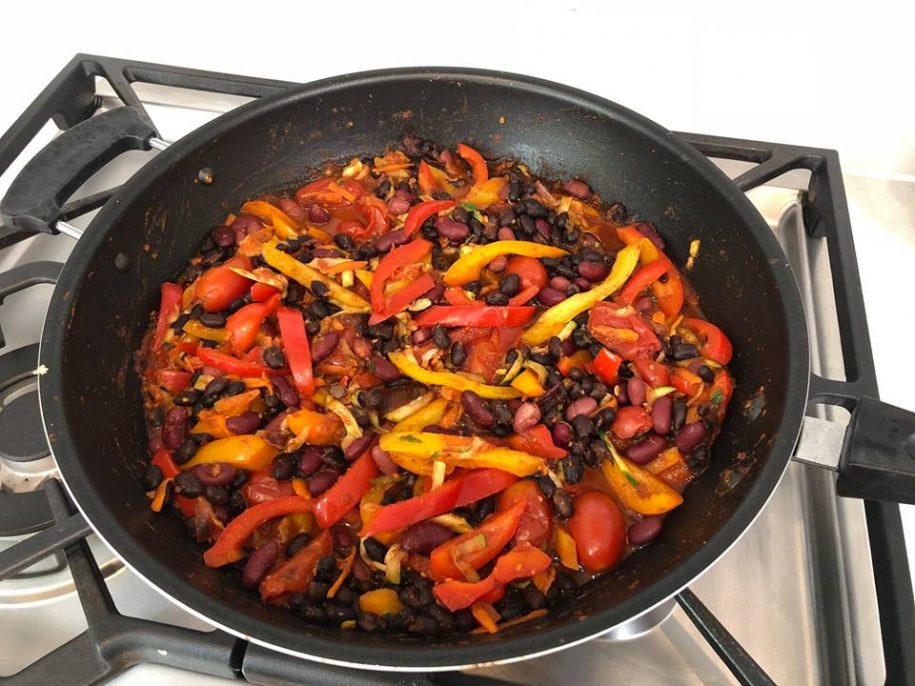FOOD LABELS
In my recipes you might notice that I say “good quality” a lot when it comes to using any pre-packaged food.
By this I mean that I read the ingredients list on the label.
I want to be able to recognise the ingredients that are listed there. What I want to see are real foods not numbers, colors, preservatives, fillers, thickeners, stabilisers.
You also have to be mindful of sugar and salt content. Remember, the closer to the beginning of the ingredients a food is listed the higher the amount is in it, so if sugar or salt are two or three on the list, then proportionally it can have quite a high amount. (In some Jams sugar is listed as the first ingredient!!)
I personally would be quite particular about the type of oil used in prepared foods. I would also make sure that the products I am buying are non GMO.
There are certain items I would always buy Organic but realistically it is not possible (shopping and cost) to only eat organic food, so you just have to decide for yourself which ones are important to you.
Food labelling is designed to sell their products, and they can often include information such as “low fat”, “low sugar”, “high protein” which leads you to think it must be “healthy”. But the only way to tell if a food is healthy is to read the ingredients list and know what is actually in it.
When doing my grocery shopping with my daughter (she is 16) she will sometimes want to buy something I would not want her to eat. Rather than saying no I ask her to read the ingredients and then decide if she wants to eat it. If she still does, then OK, but I would say 98% of the time, she puts it back.
She is making the choice based on knowledge – does she recognise what is in the package, is it primarily sugar, does it contain trans fats, is it full of numbers and additives and if so does she know what they are??? It is amazing how your desire for something disappears once you read what is actually in it.
The one thing we can all do to improve our health, energy and wellbeing is to make healthier food choices – so start reading those labels.



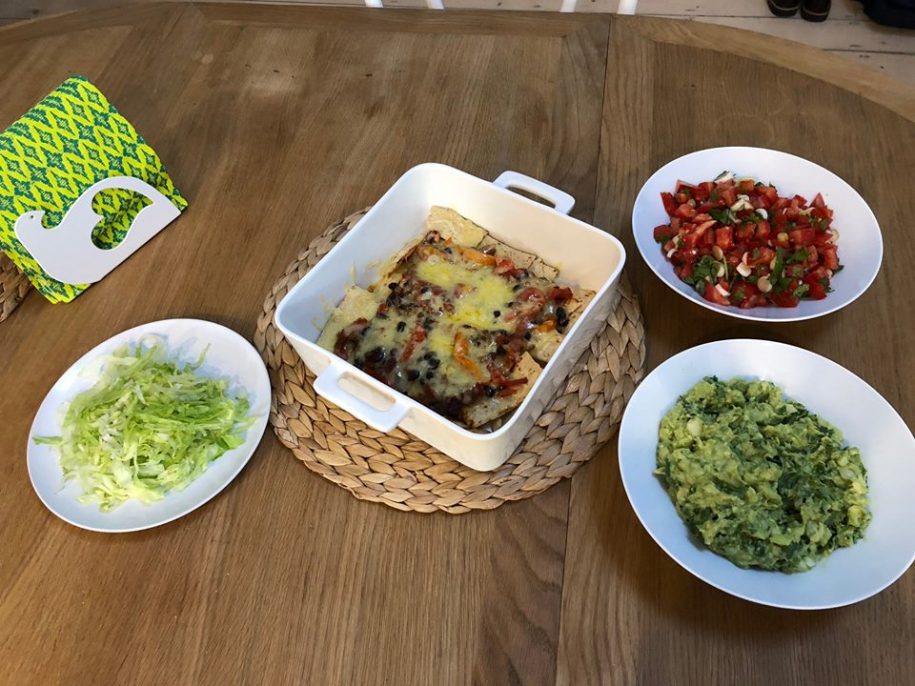
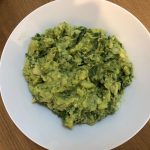
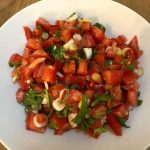

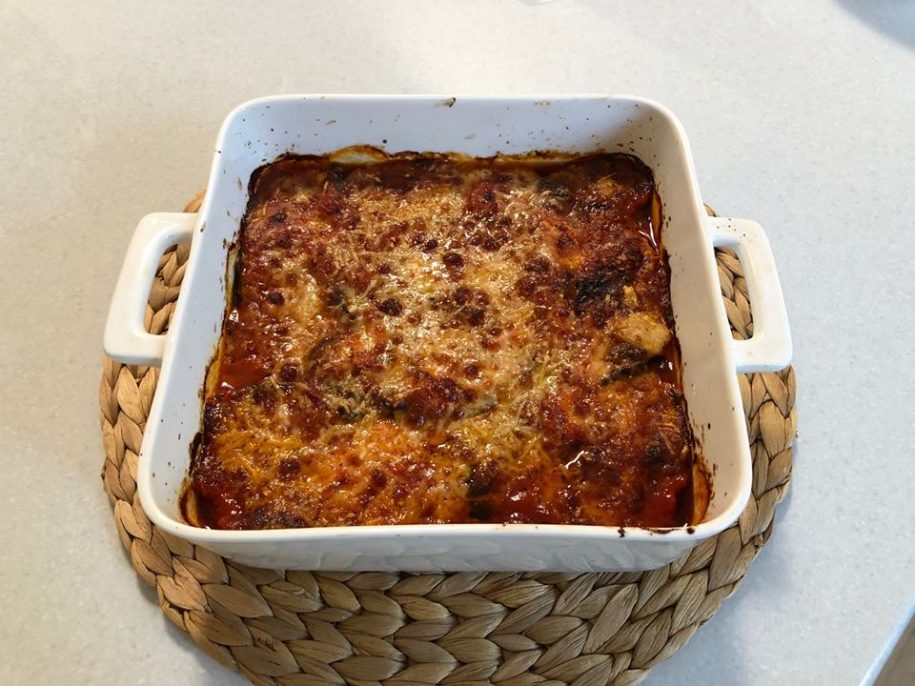
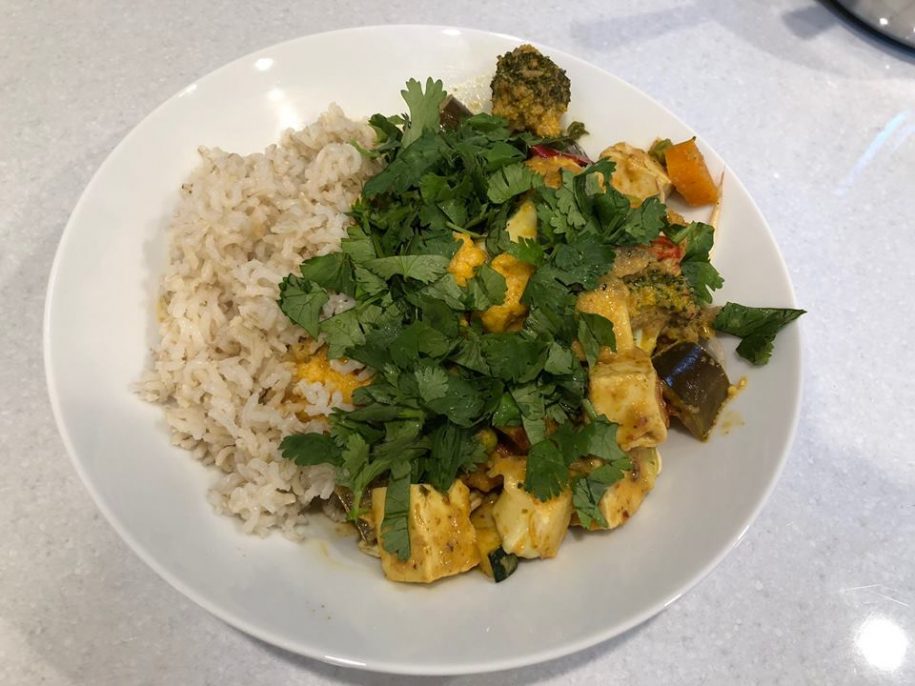
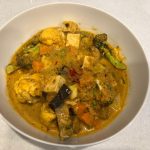 During the cooking time before adding the coconut milk, I tasted it and checked it for heat. It will very much depend on how hot your curry paste was in the beginning and how spicy you like it. Our bought paste was not very spicy so I added 2 extra sliced chillis and also some dried chilli flakes.
During the cooking time before adding the coconut milk, I tasted it and checked it for heat. It will very much depend on how hot your curry paste was in the beginning and how spicy you like it. Our bought paste was not very spicy so I added 2 extra sliced chillis and also some dried chilli flakes.